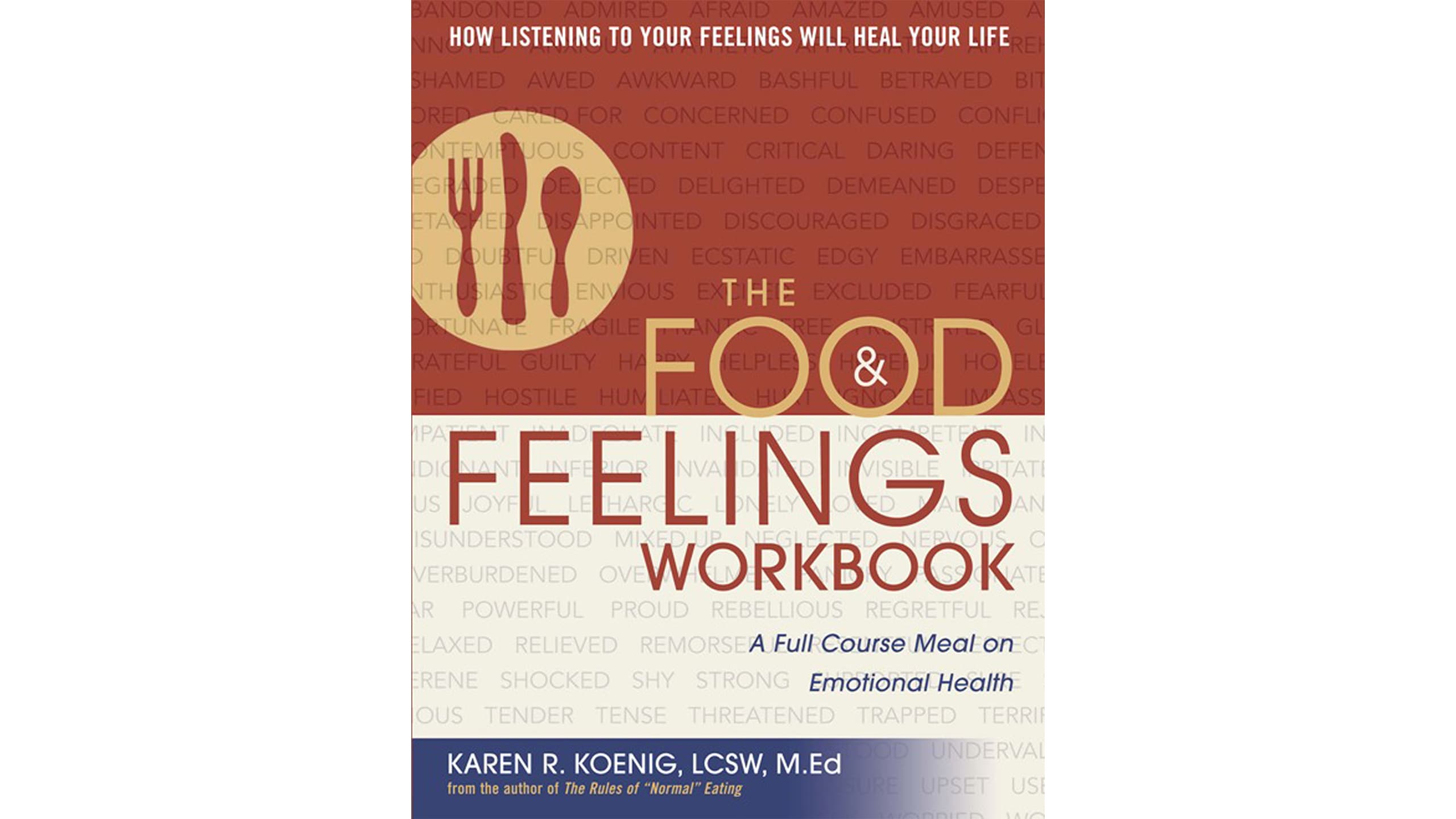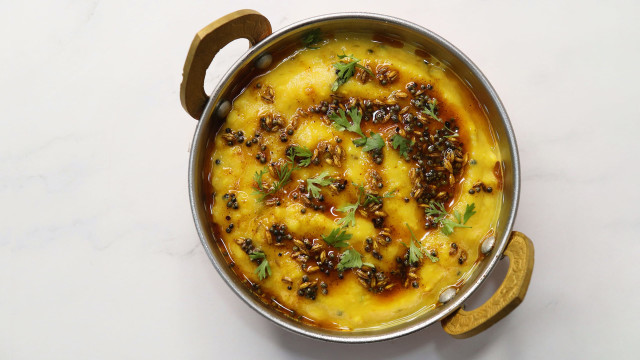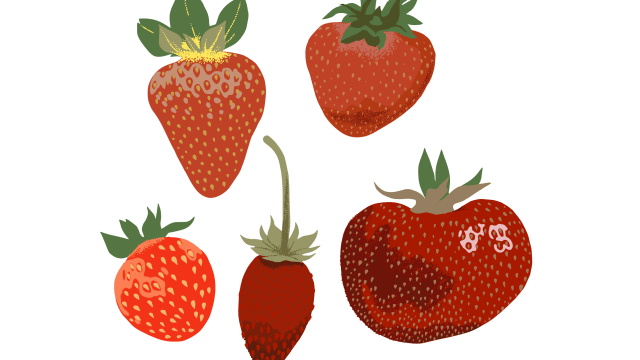Q&A with Karen R. Koenig

Karen R Koenig is a counsellor, teacher, coach, and author who offers consultation to help people improve their relationship with food and their eating habits. She is an expert in eating psychology dealing with eating disorders and treats anxiety, depression, and trauma. Her research is focused on emotional eating, behaviors that prompt food preferences, social and environmental influences, behavior modification, and goal setting.
With over 30 years of experience, Koenig has aimed to help people develop a “sustaining and satisfying relationship with food for life,” authoring eight books on the subject including the bestselling The Food and Feelings Workbook. Her themes traverse the psychology of eating and factors that influence eating behaviors and patterns, as well as our attitudes and beliefs about food. For her it is important to develop life skills that will make our approach to eating healthy and happy.
While healthy eating is a personalized journey, and what works for one person may not work for another, Koenig recommends learning skills to manage emotions to make rational, nourishing food choices.
Roundglass Food: Can you explain the concept of eating psychology and how it relates to healthy eating and living?
Karen R. Koenig: The psychology of eating involves understanding the complexity of how we think, feel, and behave around food and recognizing that all three factors shape our relationship with it. For example, our beliefs, such as thinking food is “good” and “bad” or that we must finish every morsel on our plate, dictate what and how much we eat. Our emotions are at play whenever we seek food for comfort due to emotional distress, for stimulation when we’re bored, or to veg out and de-stress. Over time, our behaviors morph into unconscious habits that drive our eating for better or worse.
There’s a difference between “healthy” and “normal” eating and both terms function on a more-to-less continuum. The former focuses on the what of eating and the latter on the how, when, and why of it. Consuming mostly high nutrition foods and reducing intake of low nutrition ones lead to “healthy” eating. “Normal” eating is about appetite regulation: eating in response to hunger cues, making enjoyable food choices, eating mindfully, and stopping eating when satisfied (quality of experience) or full (quantity enoughness).
RG: How do anger, fear, depression, stress, and anxiety affect our food preferences and eating habits?
KRK: Our emotions and moods may make us crave certain types of food. We may enjoy chomping on celery or a bagel when we’re angry or having food that slides smoothly down our throats easily like ice cream when we’re upset. Because food in our culture has become eat-o-tainment, when some people are enervated or feeling blue, they spice up life with hot, strongly-flavored foods or simply go out to dinner for culinary diversity.
There are people who have the urge to eat at the first twinge of emotional discomfort because even the anticipation of food triggers the release of dopamine in the brain and lifts their spirits. And the act of eating itself distracts them from whatever they’re feeling. However, it also may produce guilt and shame if they believe they shouldn’t have eaten emotionally, so instead of experiencing their original emotional discomfort, they become stuck in a familiar affective rut.
RG: Can you provide practical tips or recommendations to develop a healthier relationship with food and manage emotions more effectively?
KRK: Developing a healthy relationship with food starts with accepting and valuing our bodies. When we love ourselves, we treat our bodies with respect and work hard to avoid harm. The goal is to take care of our bodies by eating mostly according to appetite and choosing mostly nutritious foods. To do this, we must fight cultural pressure to eat or look at certain way, realize that bodies are diverse, recognize we don’t need to be thin to be successful or lovable, and be clear that diets not only don’t work long-term, but promote binge-eating and weight-cycling.
There are several areas of self-development we all require proficiency in to be emotionally healthy. When we are skilled in these areas, it’s easier to eat both “normally” and “healthfully.” To start, we must become and remain connected to our bodies. This is especially important in healing trauma, as there is a high correlation between experiencing trauma and eating and body image disorders.
In general, we need to build effective life skills, employ tools for emotional self-regulation, have flexible personality traits, develop rational beliefs, and engage in positive, compassionate self-talk. We also need to understand when we’re triggered by emotion through negative memories (recall) and overreact rather than respond to current situations (reality).
RG: Are there any potential risks or side effects associated with using food or ingredients to manage emotions?
KRG: Food is meant primarily for nourishment and secondarily for pleasure. It evolved to be tasty in order that we eat it to survive. Equally important, our emotions are designed to give us information about the world to help us live our best lives.
Confusing appetite and emotions hurts us on two fronts. We not only miss important information our emotions are trying to tell us but end up mismanaging our appetite which leads to developing feeding patterns which are self-destructive. Some examples: Anxiety and fear may be signals that there is a threat to us, so it behooves us to least pay attention long enough to evaluate risk. Feeling joy or pride are rewards in themselves, meant to help us make decisions that are in our best interest. Being stuck in the “I-feel-I-eat” experience distorts both appetite and emotional cues, so that we are unable to sense what either is telling us.

RG: What is the impact your book The Food and Feelings Workbook has made over the years?
KRK: My Workbook is the biggest seller of my eight books. Dysregulated eaters value learning about their emotions, how they came to be emotional eaters, and how to untangle food from feelings. Using the Workbook, they not only can become educated, but create new insights for themselves by doing the many exercises it contains. They enjoy going at their own pace and being able to return to their answers to questions again and again. For people not interested in finding a therapist, it’s on-the-page therapy for them.
RG: Do you have a kitchen meditation?
KRK: I don’t have a kitchen meditation but greatly appreciate food for its nutrients and occasionally for how good it tastes.
RG: What does a happy and meal table look like for you and for your guests?
KRK: Here’s one I have every afternoon, mixing 8 oz of fat-free or low-fat fruit yogurt (Oikos Triple Zero lemon is my favorite), 1 scoop of oat bran, 1 tsp of organic olive oil , a few chopped organic dried apricots, and ¼ cup organic blueberries, strawberries, chopped kiwi, or bananas, then freezing it in a mug for a few hours. When I’m ready to eat, I microwave defrost it for 30 seconds. Yum!
For guests, I look to have salad, veggies, whole grain, protein and for dessert organic fresh fruit and baked goods (not by me!).
Key Takeaways
- Observe emotional eating behaviors.
- Don't confuse appetite with emotion.
- Eating psychology aids to reset our health.







